Daigo-ji, Kyoto: Travel Guide + Photos
Share

Daigo-ji is a hidden gem in the 17 UNESCO World Heritage Sites in Kyoto. The temple complex is in the same ward as the impressive Fushimi Inari Taisha. It’s just far enough out of Kyoto that the throngs of usual tourists aren’t typically found here.
In this article:
Daigo-ji 「Daigo Temple, 醍醐寺」 is named after Mt Kami-daigo where the first structures of the temple were built in the late 800’s. The entire temple complex is quite large and you could easily spend a whole day here.
Daigo-ji consists of 3 parts:
- Kami-Daigo (upper mountain area)
- Shimo-Daigo (lower part)
- Sanbō-in (garden area)
Unfortunately I didn’t have a whole day to see all of the temple complex. This article shows the buildings and grounds found in the Shimo-Daigo 「下醍醐」 area which contain the iconic Benten-dō Hall and ancient five storied pagoda (which has been standing for over 1000 years).
Explore the Shimo-Daigo area of Daigo-ji
Niō-mon 「Nio Gate, 仁王門」
Panasonic DMC-LX3 (5.1mm, f/4, 1/800 sec, ISO125)
Nio-mon gate: “Gate of the warrior guardian spirit”
This gate marks the entrance to the Shimo-Daigo area. The Nio-mon gate here at Daigo-ji is of the zuishi-mon「随身門」 style of tower gates, just like the zuishi-mon tower gate at Kanda Shrine in Akihabara, Tokyo.
Niō 「Fierce “Benevolent Guardian Spirits”, 仁王」
Either side of the central walkway through the Nio-mon gate are huge Nio statues. These are fierce protective spirits guarding the entrance to this area of the temple. These two statues were built in 1134, escaping multiple fires at the temple.
Kon-dō 「Golden Hall, 金堂」
The Kon-dō at Daigo-ji is the main hall for the temple. Just like many other historic temples across Japan, Daigo-ji is actively used by Buddhist monks, many living on or around the temple grounds. If you’re lucky, you’ll spot them walking in order lines to and from buildings, or hear them chanting sutras within the halls.
Although Daigo-ji has, in some form or another, had a main hall for many centuries, this particular structure was built in 1600. It was relocated here all the way from Wakayama Prefecture, about 100km to the south.
Fudo-dō 「Fudō-Myō-o Guardian Deity Hall, 不動堂」
Beside the large Golden Hall is the smaller Fudo-dō. This hall is dedicated to the Fudō-Myō-o Guardian Deity. Inside the hall are 5 statues, with the Fudō-Myō-o being the largest of the 5 and taking the most central place. This deity is also shown on a large stone in the hall’s courtyard.
Daiko-dō 「Large Lecture Hall, 大講堂」
Panasonic DMC-LX3 (5.1mm, f/4, 1/640 sec, ISO80)
The Daiko-dō is the home to multiple statues of important Buddhist figures (HDR Photo)
The Daiko-dō was built in 1930 on the 1000th anniversary of Emperor Daigo’s death. Although the temple was not named after Emperor Daigo, he was alive in the early years of the temple’s formation and ordered many buildings to be constructed.
Benten-dō 「Benzaiten Goddess Hall, 弁天堂」
The Benten-dō is one of the key icons of Daigo-ji. It is one of the most photographed structures here, and looks stunning at any time of year. The small vermillion coloured Benten-dō hall is dedicated to Benzaiten, a Buddhist goddess.
Gojū-no-to 「Five Storied Pagoda, 五重塔」
Panasonic DMC-LX3 (5.1mm, f/2.8, 1/200 sec, ISO80)
Under the awnings of the 5 levels of the pagoda (HDR Photo)
The gojū-no-to 「five storied pagoda, 五重塔」 at Daigo-ji is the building which inspired me to visit. It is an ancient architectural masterpiece and stands 38m tall. Inside the lower levels of the pagoda are various Buddhist paintings, ancient artworks telling an important history of Buddhism. These paintings have been dated back to the 1100s.
Daigo-ji’s Five Storied Pagoda is the oldest building in Kyoto

Panasonic DMC-LX3 (5.1mm, f/4.5, 1/800 sec, ISO125)
The five storied pagoda, topped with a “sorin” spire (HDR Photo)
This is my favourite building in the temple complex, and I was in total awe being in its presence. The pagoda is well over 1000 years old and has escaped fire damage and survived many earthquakes over the centuries. The unique design of the pagoda gives it flexibility in an earthquake, with its various levels suspended around a central column.
Daigo-ji’s Five Storied Pagoda has stood since 951
There are more buildings in the Shimo-Daigo section of the temple complex than what I’ve photographed. There are two other entirce sections of the complex to explore…
I’ll definitely be returning!
Macha Zaru Soba Set
「Green Tea Cold Soba Noodle Set, 抹茶ざるそば」
My visit to Daigo-ji happened in the middle of a hot and sweaty summer in Japan. Just outside the temple walls, next to the temple’s car park, is a small restaurant. I was delighted to find they served cold green tea soba noodles. These are soba noodles with green tea flavour that are served on ice. A dipping sauce and various condiments came with the the set… おいしい! Delicious!
How to get to Daigo-ji Temple, Kyoto
By local train then bus:
From Kyoto Station, take the JR Kosei Line to Yamashina Station, a 5 minute trip of ¥190 (or free using a JR Pass). At Yamashina Station change to the Kyoto City Subway Tozai Line and go to Daigo Station, a 9 minute trip of ¥260.
From Daigo Station, you can walk to the temple - but I highly recommend the bus. There is a local bus which departs from outside Daigo Station, it leaves every 20 minutes and costs ¥200. Just look for the signs when you exit the station, there are signs in English.
Opening hours and admission cost
For the Shimo-Daigo (or Garan) area, the opening hours are:
- 9am to 5pm: March through to the 1st Sunday in December
- 9am to 4pm: From the day after the 1st Sunday in December through to the end of February
Entry for adults is ¥600.
More information about other ticket prices and hours for other areas is available from the official Daigo-ji Opening Hours and Fees page.
When to visit Daigo-ji
Just like anywhere else in Japan, the prime times to go are in spring when the cherry blossoms are in full bloom, or in autumn when the ginkgo leaves turn deep red and gold. If you’re lucky, the temple would also look amazing during snowfall, which does happen in Kyoto.
For events at Daigo-ji, visit the official Daigo-ji events page.
Traveler’s tips
Allow plenty of time to visit the 3 different areas - I recommend allowing the entire day. The photos above are from just one area, and I spent about 3 hours in just this one section.
Also, consider having lunch there, delicious!
Other things to do in Kyoto
Since Daigo Station is on the same line as Nijo-jo-mae Station, you could see both Daigo-ji and Nijo Castle in the same day.
You could take my approach, and try to visit each one of the 17 World Heritage Shrines, Temples (and one castle) in Kyoto.




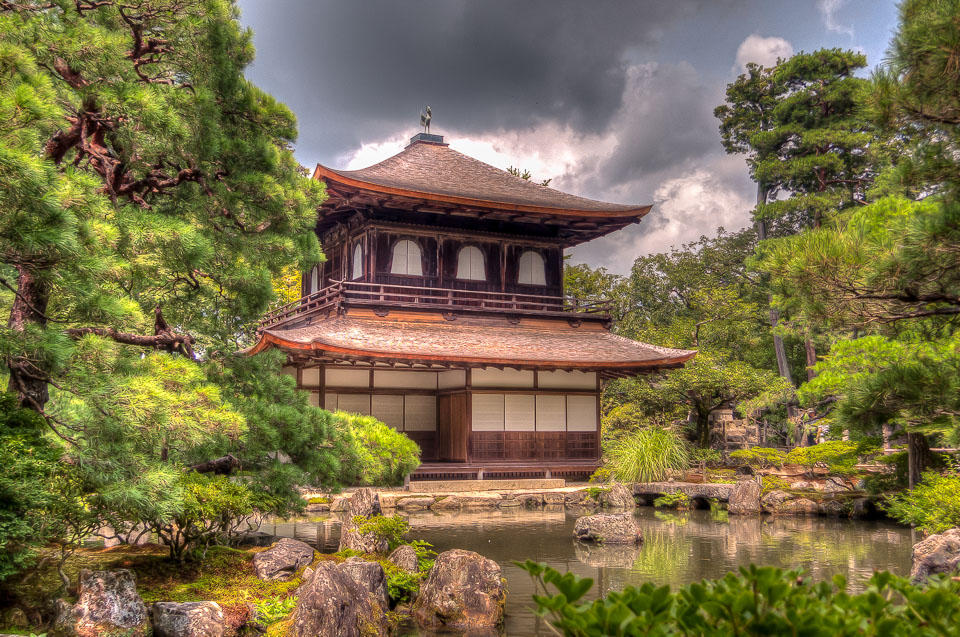
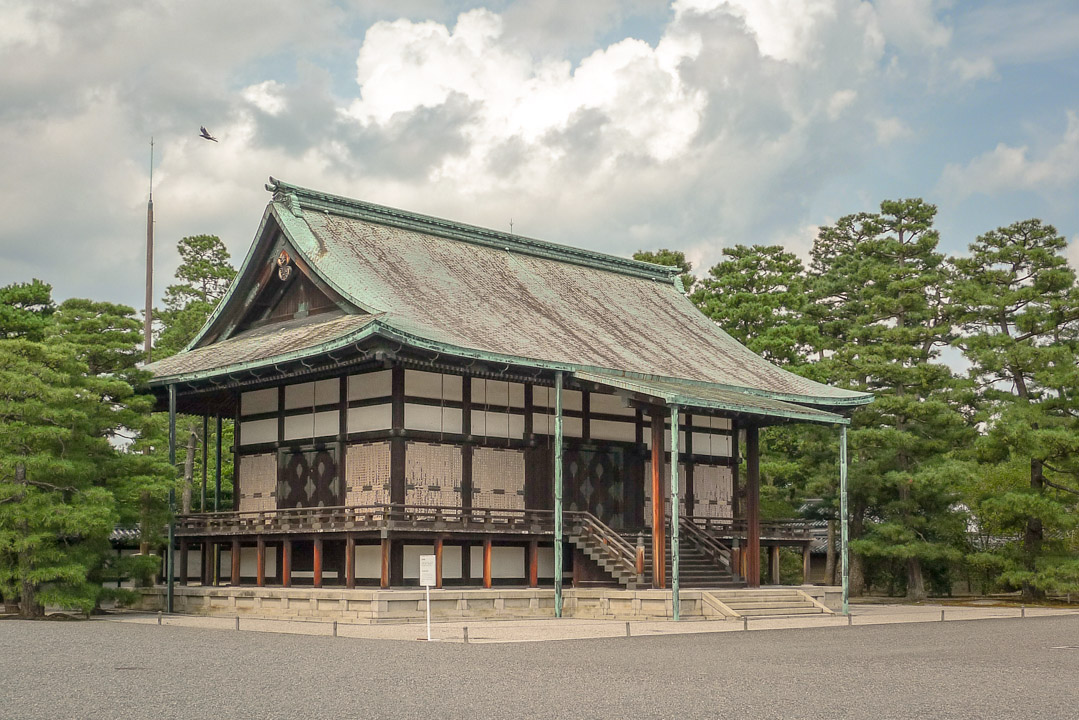
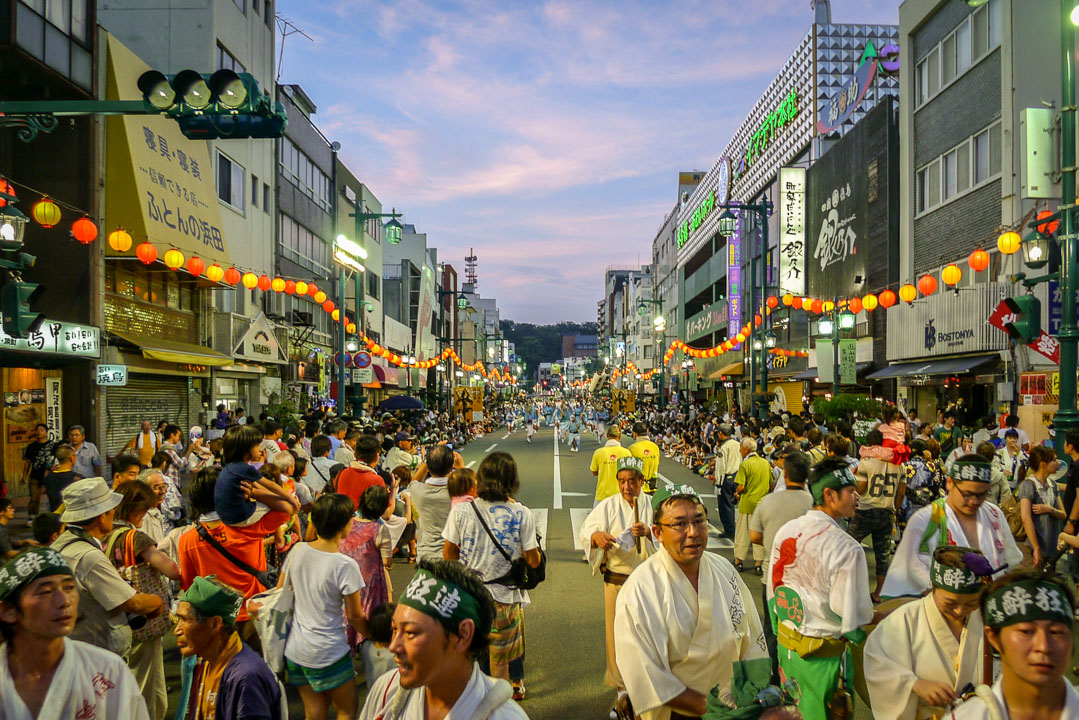
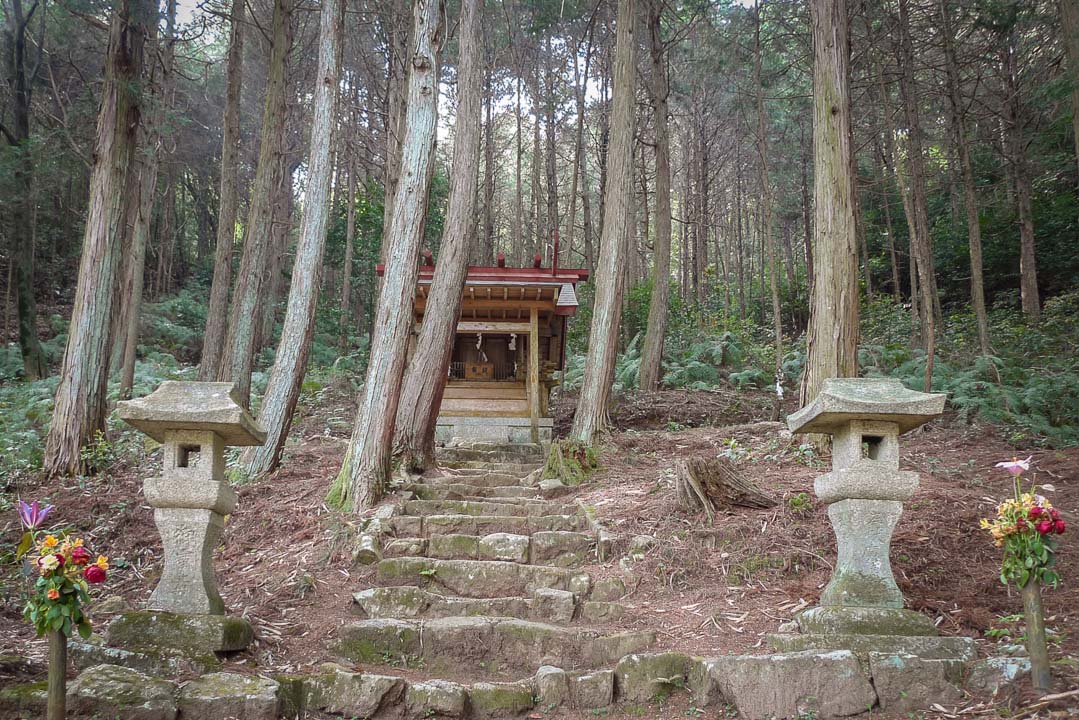
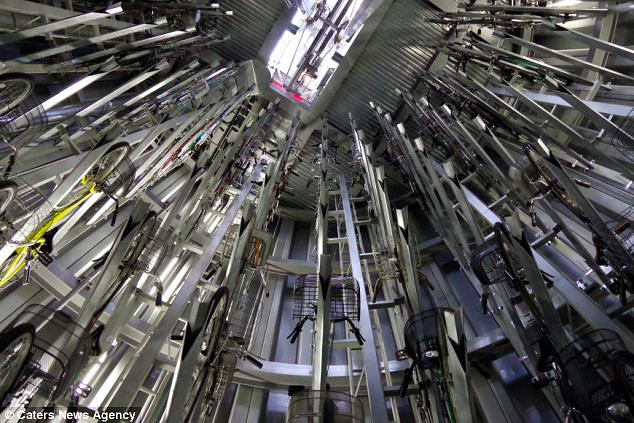
Facebook
Follow Japan Travel Mate